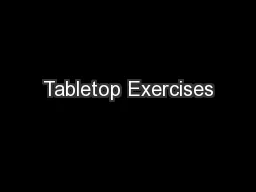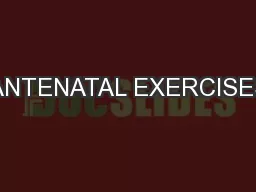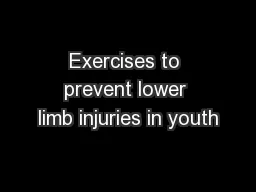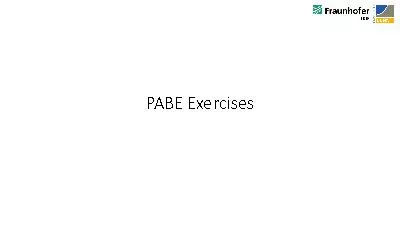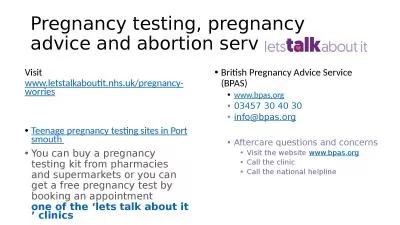PPT-Special exercises for pregnancy &the puerperium
Author : natalia-silvester | Published Date : 2016-10-17
Prepared by Hanaa Behar Shoroq edaliy Khetam elkhafarna Hadeel abo quse Sabren salama Wesam khatab Somya abo omra Safe exercise in the childbearing year The exercise
Presentation Embed Code
Download Presentation
Download Presentation The PPT/PDF document "Special exercises for pregnancy &the..." is the property of its rightful owner. Permission is granted to download and print the materials on this website for personal, non-commercial use only, and to display it on your personal computer provided you do not modify the materials and that you retain all copyright notices contained in the materials. By downloading content from our website, you accept the terms of this agreement.
Special exercises for pregnancy &the puerperium: Transcript
Download Rules Of Document
"Special exercises for pregnancy &the puerperium"The content belongs to its owner. You may download and print it for personal use, without modification, and keep all copyright notices. By downloading, you agree to these terms.
Related Documents




